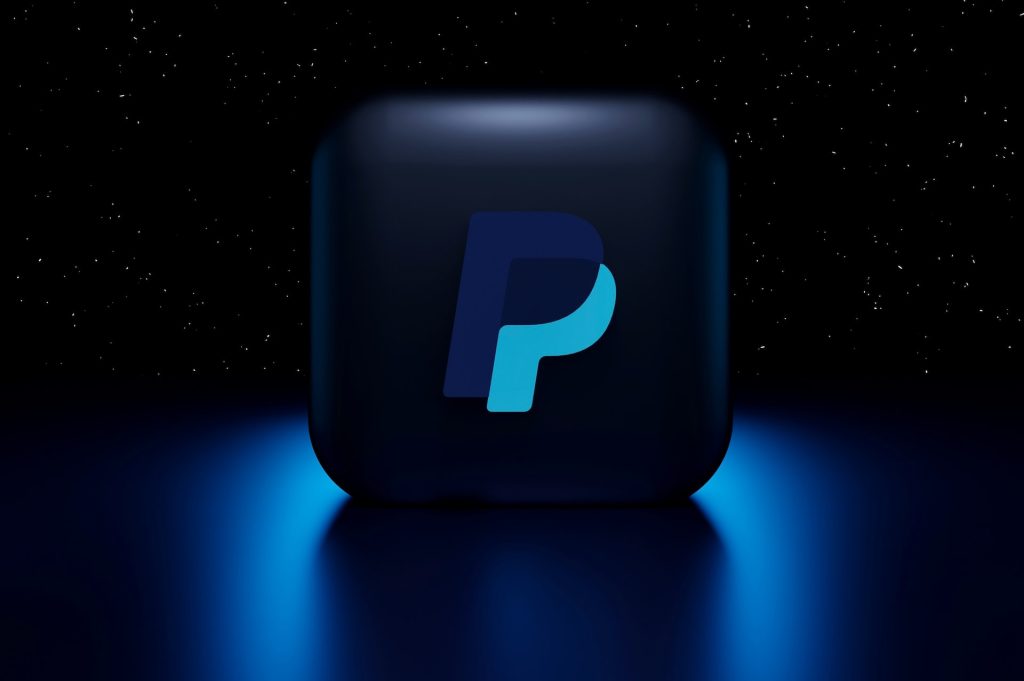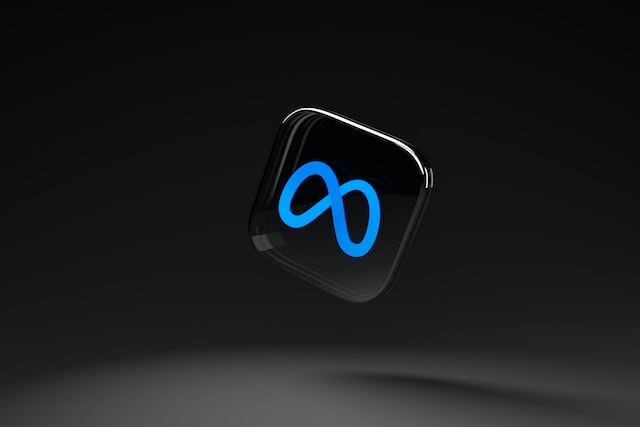[vc_row][vc_column width=”2/3″]
Dollar General has a simple business model but a robust supply chain to provide basic everyday needs, supplemented at everyday low prices in conveniently located, small-box stores. The business model of Starbucks consists of company-operated stores and licensed stores. Starbucks substantially controls all the processes for a secured supply chain. PayPal has a two-sided business model where it makes money from both merchants for completing their payment transactions and consumers for various financial products. The business model of Home Depot makes money by selling merchandise or by performing services like installation, home maintenance, leveraging a robust supply chain. Meta’s business model is organized into two segments: Family of Apps (FoA) and Reality Labs (RL). Meta (Facebook) primarily makes money from selling advertising placements to marketers. Nvidia’s platforms and business model designs graphics processing units (GPUs) for four large markets: Gaming, Data Centers, Professional Visualization, and Automotive. General Electric (GE) is a high-tech industrial company that operates its business model through four segments, Aviation, Healthcare, Renewable Energy, and Power. Dollar General has a simple business model but a robust supply chain to provide basic everyday needs, supplemented at everyday low prices in conveniently located, small-box stores. Fastly has a usage-based business model. Fastly derives its revenue primarily from usage-based fees earned from customers using Fastly’s platform. How does Fastly work? ServiceNow has a SaaS business model that develops a cloud computing platform to help companies manage digital workflows for enterprise operations. How does ServiceNow work?News & Trends
View All
Latest

















